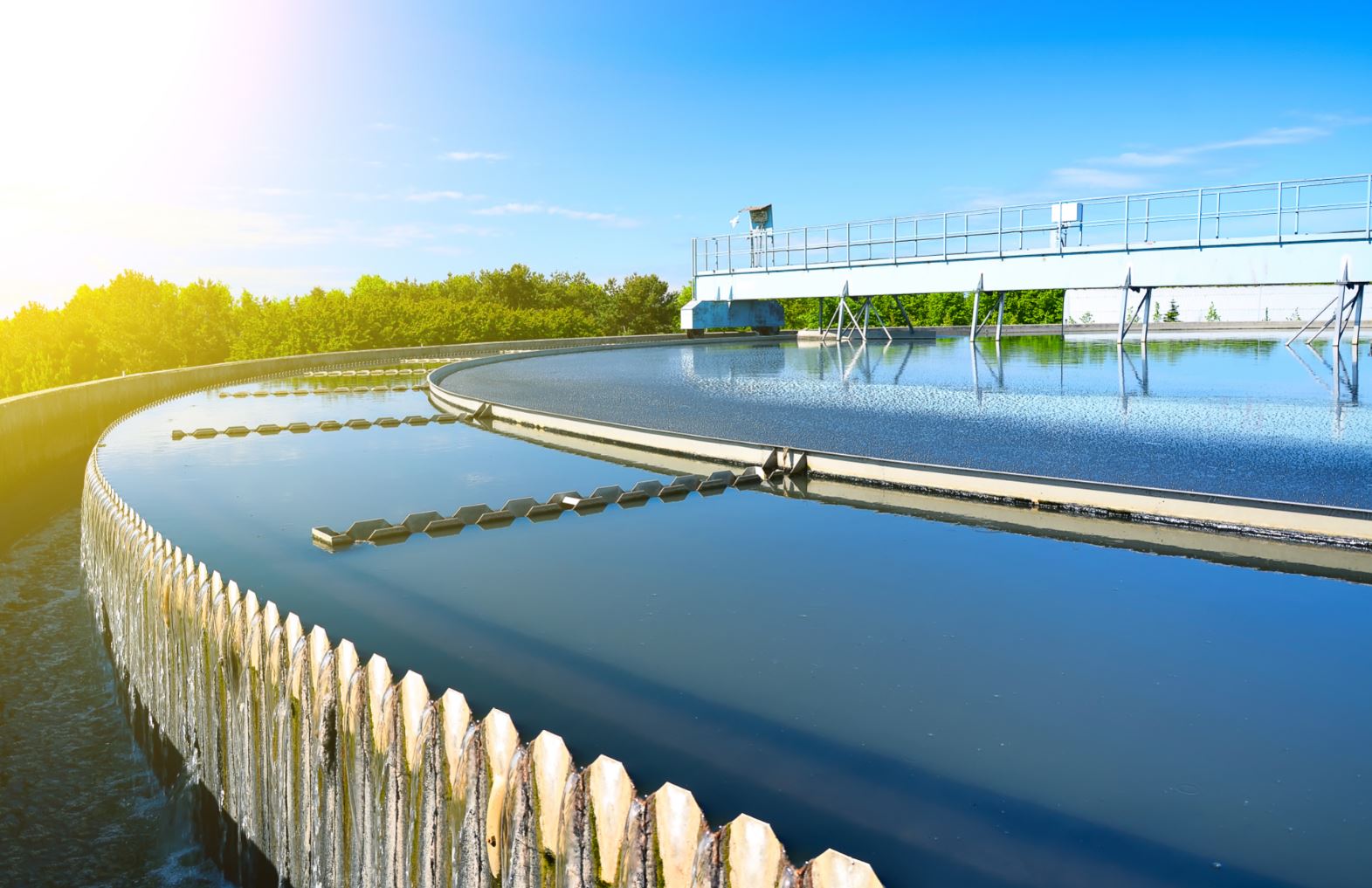Fused Silica for UV Water Disinfection
Water is a crucial commodity of critical importance. It plays a large role in not only our lives but our industries - treating incoming water with UV (drinking water, process water, ultrapure water) as well as water that is discharged (waste water, ballast water). Applications range from agriculture and food processing, to sensitive manufacturing of electronics or pharmaceuticals.
Depending on its purpose, and the quality of the natural water available in the region, water often needs treating with various methods before it is used. Ultraviolet (UV-) water treatment continues to gain importance as one of these methods.
High purity fused silica sleeves for UV lamps
Depending on the application and the type of treatment, various UV light-sources can be used. The quartz glass used to build the light-source is also used around the light-source to protect it. Matching the quartz glass on both items with material that is optimal for UV output (transmission) is a crucial part of successful reactor design.
Examples of specific materials and their use:
- HLQ235: TiO2-doped quartz glass for deactivating the DNA of bacteria, germs, and viruses in low-pressure mercury lamps (254nm UV-C)
- Purasil V: for photochemical reactions at 185nm
- Suprasil 130: for 172nm wavelength
For UV-generating systems using a wavelength <230nm, we recommend to use a synthetic fused silica (Purasil V, Suprasil 130 or Suprasil 310) at least for the sleeve.
Fused Silica for UV Air Purification
UV Air Purification continues to gain in importance as an alternative to mechanical filtration and chemical or thermal processes. However, UV light is also ideally suited for removing residues from surfaces, cleaning greasy exhaust air from large kitchens or cleaning industrial exhaust air using photochemistry.
Exhaust and Industrial UV Air Treatment
To reduce grease in, for example, commercial kitchen exhaust air as well as to reduce odors and the risk of fire, UV oxidation can be the right solution. High-energy UV photons break up contaminants through photodecomposition and separate them into environmentally friendly components.
For example, vacuum UV radiation with a wavelength of 185 nm decomposes long-chain molecules by means of direct photolysis. Adding oxidizing agents such as ozone (O3) or hydrogen peroxide (H2O2) accelerates the process. Contaminants in water and air are converted into harmless molecules.

UV Air Disinfection or Sterilization
Our ambient air, especially in closed, sensitive areas with many people, should be clean and free of dangerous germs and viruses. COVID-19 made us more aware and this segment much more important. UV air disinfection is a very good, simple, and inexpensive measure. The 254 nm wavelength of low-pressure radiators is mainly used for this - doped quartz glass HLQ235 is a perfect match.
Fused Silica for UV Surface Disinfection
The general public may view UV disinfection as a solution created for a Pandemic-era problem. This is not the case. UV light disinfects of surfaces in many settings:
- Healthcare
- Food and Beverage
- Hospitality
Because this disinfection approach is chemical-free, it has long been touted as an ‘organic’ solution to harsh disinfectants that harm the public and the environment. Disinfection applications depend on an adequate dose of UV, which is only possible using quartz glass that offers high transmission of the 254nm wavelength.

Fused Silica for UV Surface Treatment
Using the same concept as surface disinfection, surface treatment – also known as surface activation – uses UV wavelengths to initiate a photochemical process on the surface of various substrates. This process acts to increase the ‘wettability’ or surface energy of a surface, allowing for higher coating adhesion. In other general coating applications, surface treatment is an important way to delivery proper UV that doesn’t penetrate too far below the surface. In order to properly oxidize a surface, wavelengths in the UVC and VUV ranges are desired. The best way to transmit these wavelengths are with synthetic quartz.








